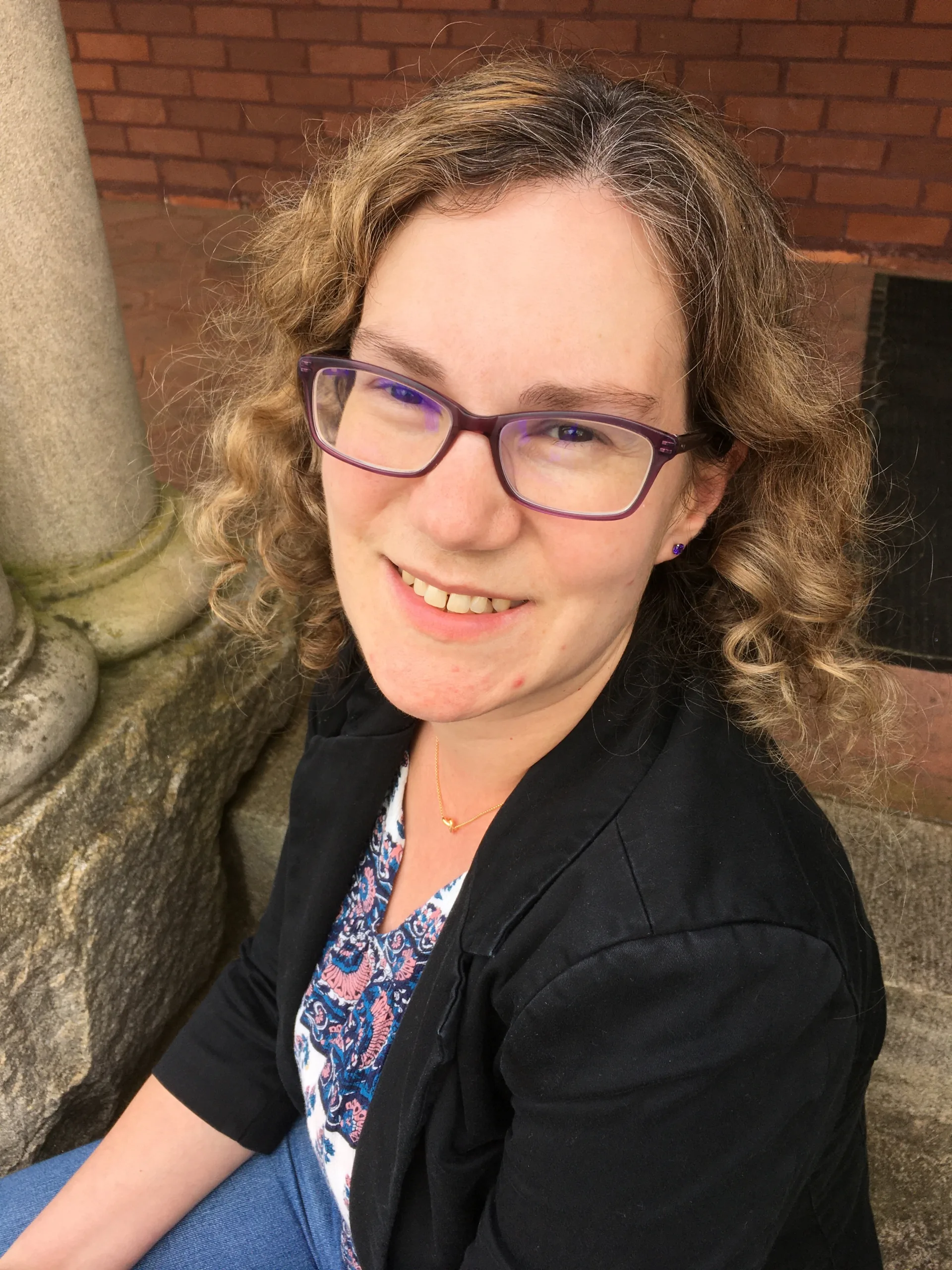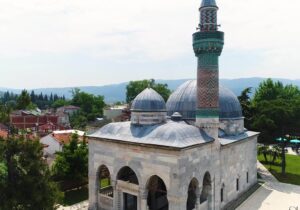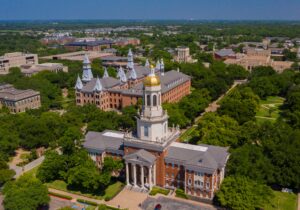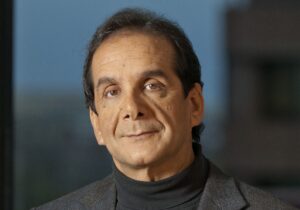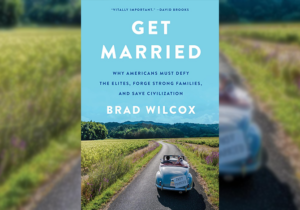In his Funeral Oration in late 431 BC, at the end of the first year of the Peloponnesian War, the Athenian democratic statesman Pericles spoke about the virtues of the city of Athens, ultimately dubbing it the “school of Hellas.” Specifically, Pericles saw Athens as the school of democracy—instructing both Athenians and outsiders in the virtues of self-governance, the love of art, and the pursuit of all that is beautiful. But how did Athens achieve this? What did this school of democracy look like, day-to-day?
From Pericles’ own description of Athens, the cultivation of democratic virtue seemed baked in to society, from the public performances of drama, to the courts, the assemblies, the agora, and the homes and farms of individual Athenians. As opposed to one particular institution shaping the morals of the citizenry, it was the combination of all the structures of every-day life.
But where is the school of democracy in America today? For a growing minority of American families, it’s where the Athenians would expect: the household, the oikos, as that most foundational democratic institution.
Most mornings from August to May, my children get up in the morning, have breakfast, and then… stay home. They color, draw, and paint; we read aloud together and they read on their own separately; we do puzzles; we bake muffins and make soup; we go on long walks and on regular field trips to the zoo and the botanical gardens. Aside from Greek and math, we do not use a curriculum. Rather, we pursue questions and research rabbit holes, checking out dozens of books from the public library. Most importantly, we live our lives together as a family, becoming a little democratic academy.
In her new book, Becoming Homeschoolers, homeschooling mother and author Monica Swanson emphasizes many of these same modes of education. While too often public conversations about education (including homeschooling) revolve around the nitty-gritty of curriculum selection and lists of learning outcomes—the things that standardized tests measure—the two aspects of homeschooling that thread through Swanson’s book are ones that are not assessed by any test, but that make homeschooling a beneficial option not only for particular families, but also for our society as a whole.
First of these is the value of homeschooling for cultivating meaningful relationships in the family and democracy. The family is a microcosm of society as it contains people at different stages of life, in contrast to public schools where students are socialized only with their age peers. How can children instead be taught to learn and grow with people in different stages of human development? It could begin with building relationships at home, as Swanson shows through her analysis of the complex dynamics of raising four boys, spread out in age and diverse in interests and gifts. In contrast, having adolescents split up by year and academic ability is a surefire way to ensure young people are motivated by the approval of a much narrower cross section of society.
Second and related, Swanson emphasizes character formation as an essential part of homeschooling:
“As homeschooling parents, we can teach our kids the biblical principles of doing all things with excellence, of being faithful and loyal, even when there is a cost… I am convinced that if homeschool parents can do this one important job of developing character in their children, they will be giving them a gift that will bring blessings into their lives (not to mention those around them) for the rest of their lives.”
This piece of the educational puzzle is what most separates homeschooling from public schooling today.
Public schools today cannot agree on the nature of character formation because there can be no broad agreement on such transcendent questions in the secular sphere. And yet, writers like Abigail Shrier and Jonathan Haidt have recently noted the proliferation of mental health problems and behavioral challenges among youth. The kids are not alright; they are overmedicated, stressed, fragile in unprecedented ways, prone to peer pressure, bullied and bullying, and addicted to screens. The problems seem, from a public-school perspective, unsolvable. But they are not unsolvable at home, where parents can and should focus on developing the character of the young image-bearers under their roof.
This is of utmost concern for the future of the American democracy, as kids are not kids for very long. Our most formative years, when education matters most, are over in the blink of an eye. This is true for kids who grow up in church as well—a couple of hours of Jesus sprinkled over the moral rot of mainstream societal teachings will simply not work. While some parents may say: “I send my kids to school for academics and teach them about God at home and in church,” Swanson notes that “there is no such thing as a spiritually neutral education.”
In the last section of the book, Swanson discusses the different learning styles of kids and homeschooling styles of families, she offers ideas and questions to ask when selecting a curriculum, and (perhaps most helpful) provides an overview of different issues that come up when homeschooling kids of different ages. Because all four of her children are boys, this book will be of special value for those who are homeschooling boys—yes, they are different.
While homeschooling today has become downright mainstream (enough so for Washington Post to have run a targeted series of articles against it over the past year or so), some still wonder about long-term life prospects for homeschool kids. Will they launch into successful adulthood? Swanson considers the paths of her three oldest sons, now grown. In addition, she mulls in her conclusion:
“It’s good to note that many great men and women of history were homeschooled. We can look back at our country’s presidents, including George Washington, Thomas Jefferson, James Madison, Abraham Lincoln, and Woodrow Wilson, who were all homeschooled. Or we can consider creative geniuses like Leonardo da Vinci, Claude Monet, Orville and Wilbur Wright, and Robert Frost.”
On the one hand, using the term “homeschooling” to describe the early educational experiences of Leonardo da Vinci or Jefferson seems extreme and anachronistic. On the other hand, there is an important reminder here: modern public-school education is a recent product of the industrial age. For much of Western history, the best education one could receive came from home. For families who choose this option, it still can be.
